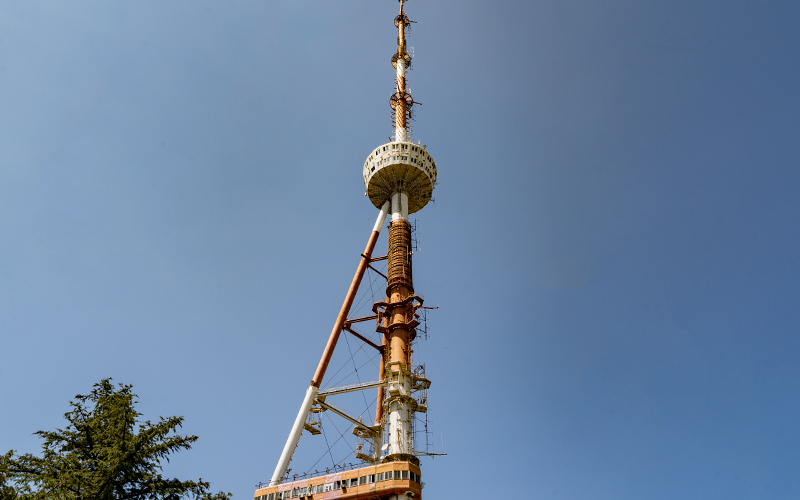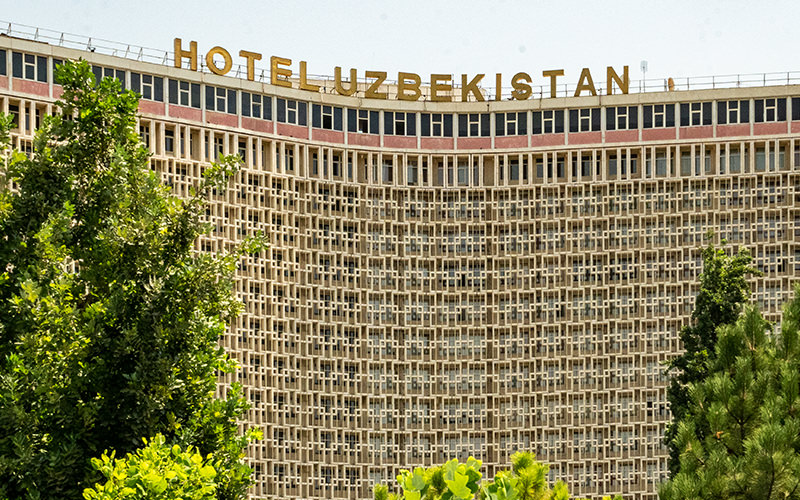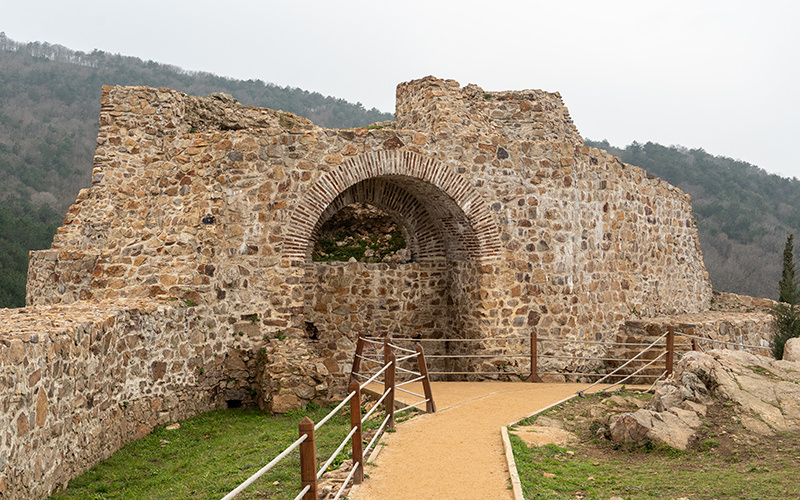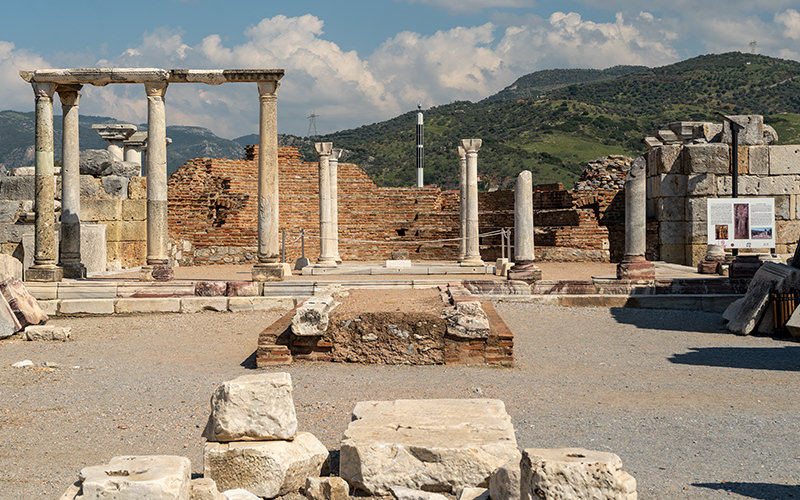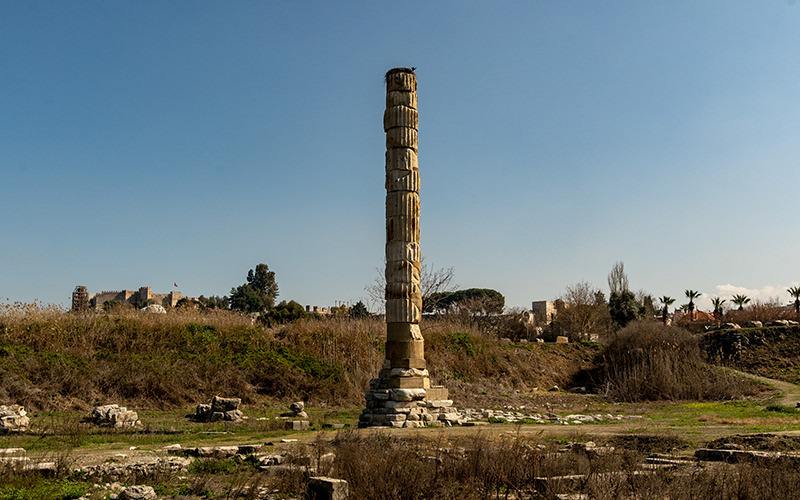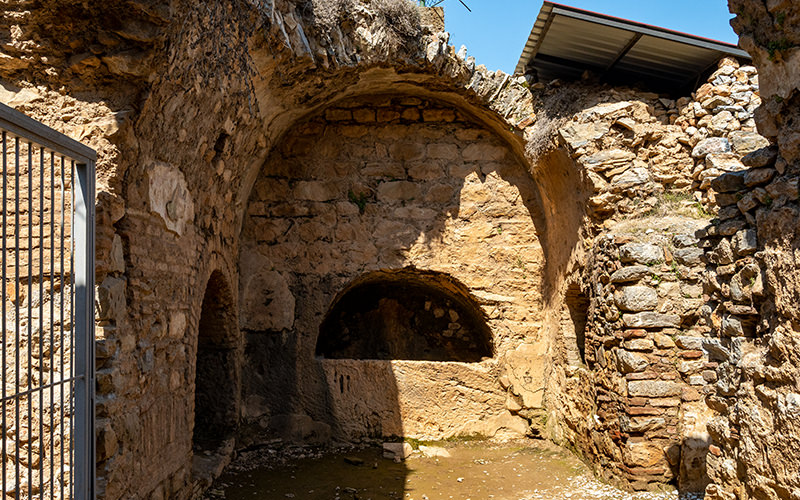During a recent trip to the ruins of the ancient city of Ephesus in eastern Turkey, I had the opportunity to visit several nearby attractions. One of them is the Ayasuluk (Selçuk) Castle, an ancient defensive structure transformed into an open-air museum.

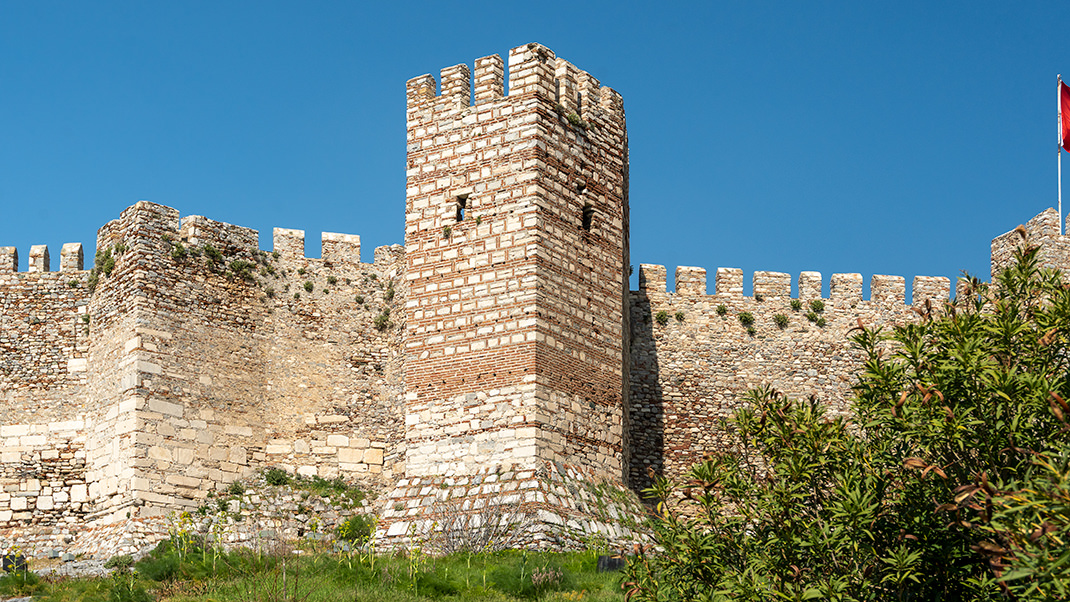
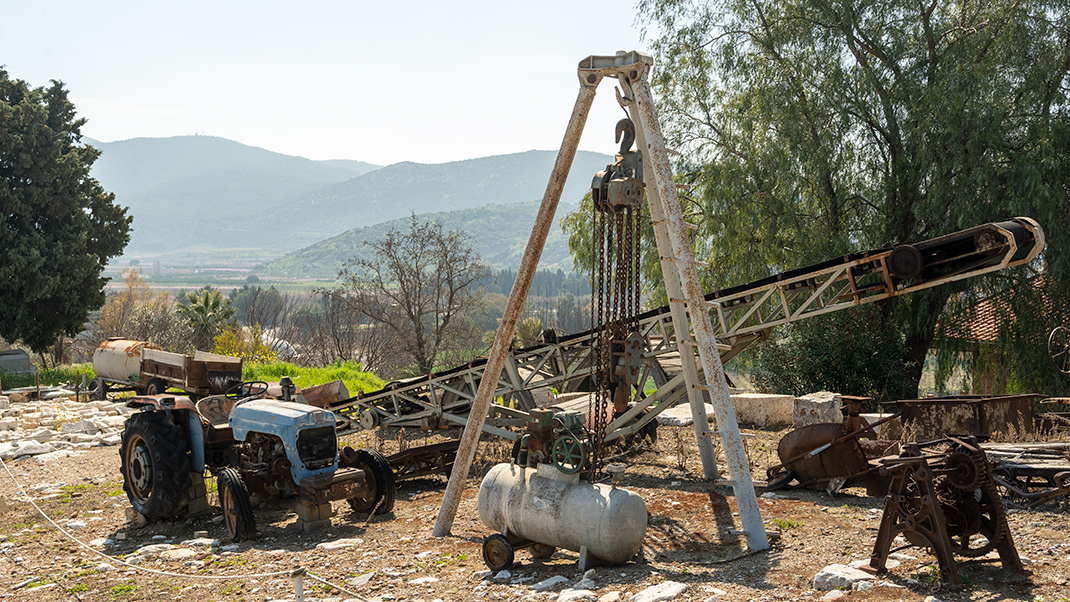
Strolling through the Castle
The castle is located on the territory of the city of Selçuk. I traveled here from Istanbul: first flew to Izmir and then took a bus to Selçuk. Besides the citadel, there are several other interesting sights here: the ruins of the Basilica of St. John, the remains of the Temple of Artemis at Ephesus, and a vast ensemble of partially ruined structures within the ancient city of Ephesus.
The entrance fee to the castle complex is 50 Turkish liras (as of spring 2023).
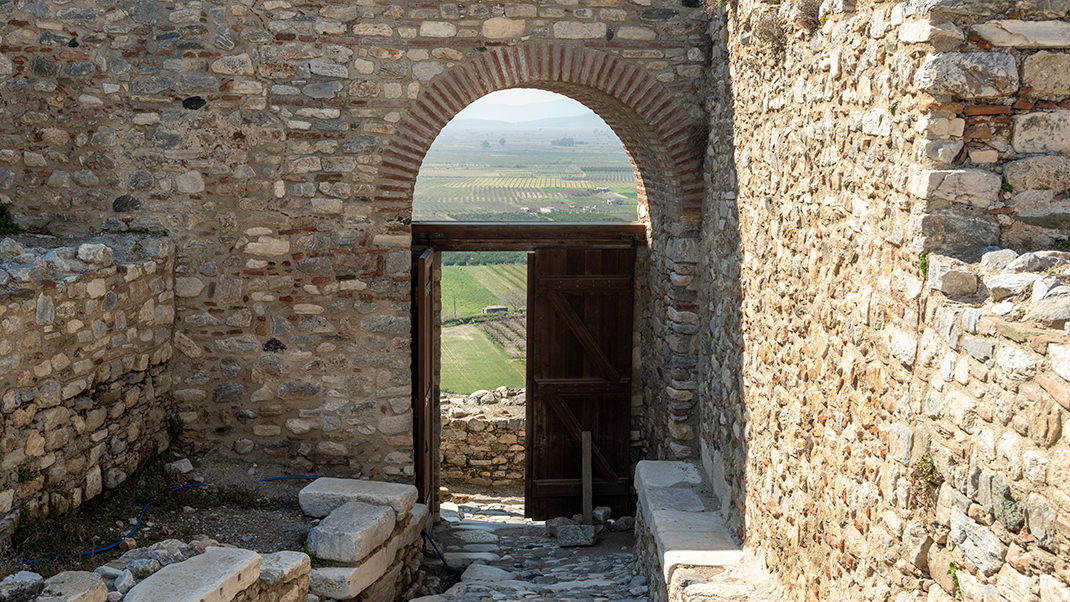
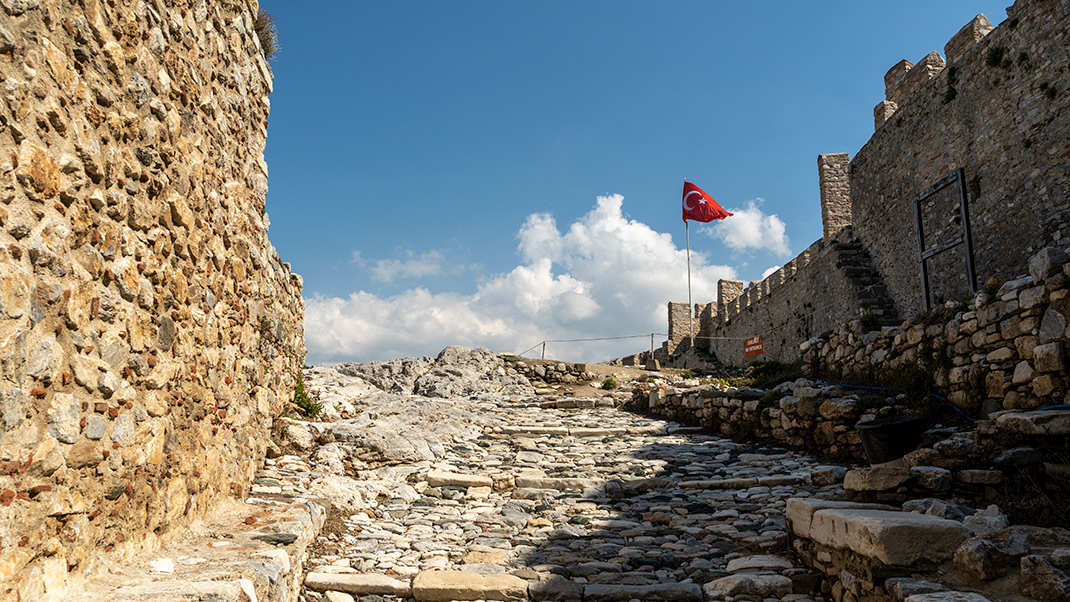
A bit of history
While preparing this post, I couldn't find the exact date of the construction of the Seljuk Castle. However, I discovered that the castle walls and the remnants of buildings we can see within the defensive structure today belong to the Byzantine, Seljuk, and Ottoman periods. In some sources, the fortress is referred to as the "crown" over Selçuk. This analogy arose because the structure with its towers is situated on a high hill. The fortress is visible from many points in the city.
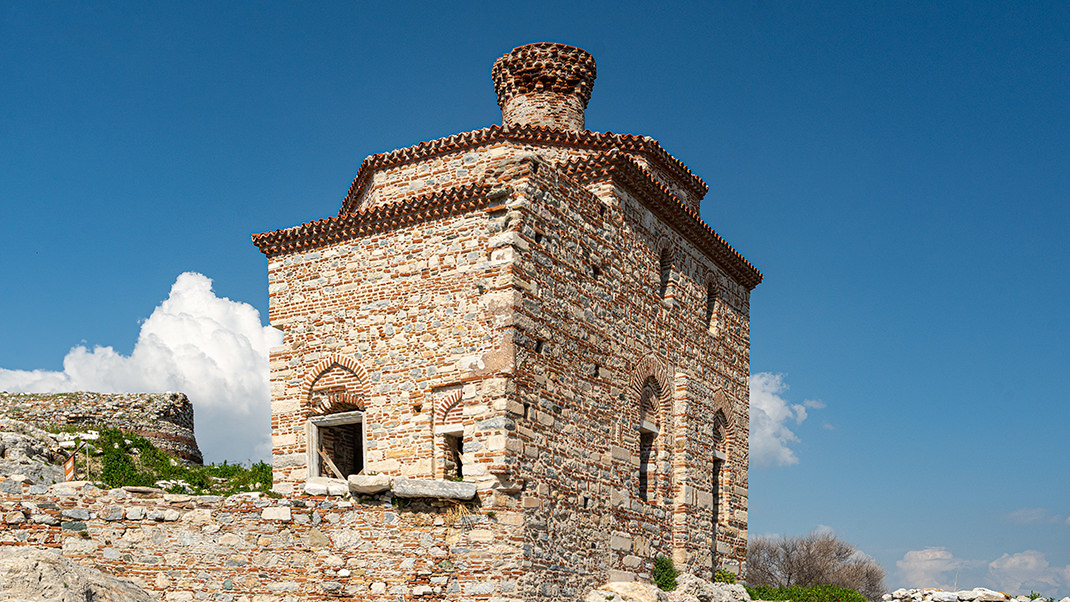
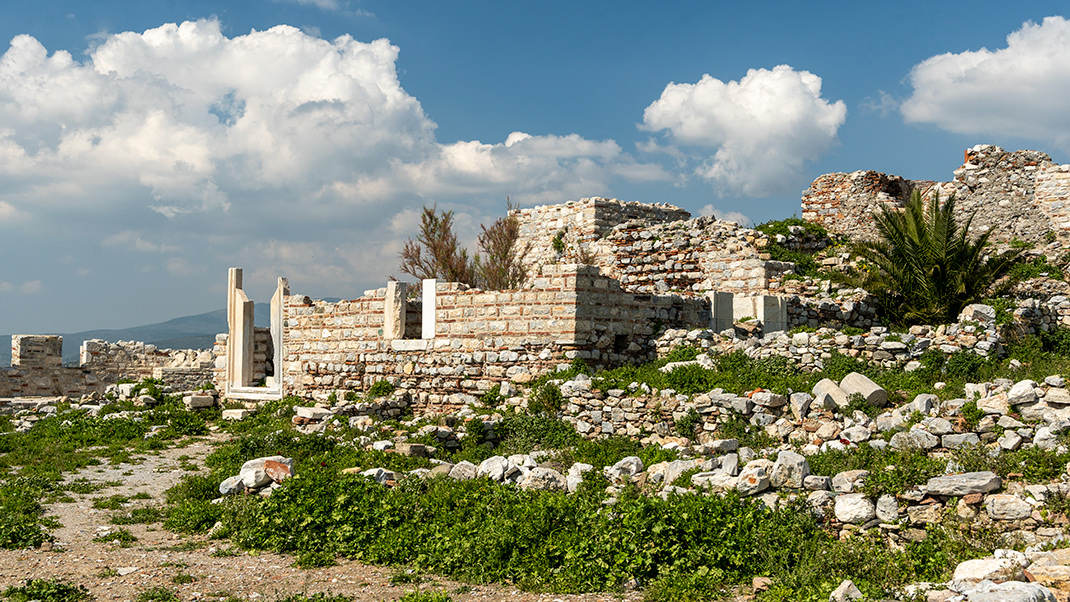
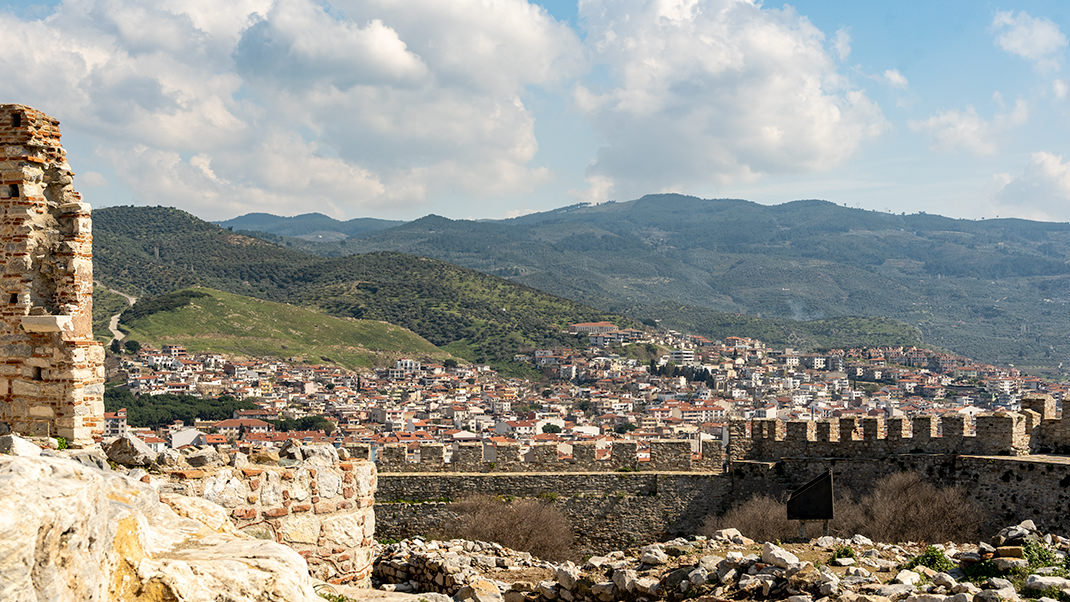
The fortress has a total of 15 towers and two entrances, eastern and western. Within the territory, there used to be a palace, five cisterns, residential houses, a hammam, and a mosque, of which the minaret has partially survived to this day.
A walk through the castle doesn't take much time for visitors, as there is little left inside the citadel's walls. Tourists can only climb to the very top of the hill via a single path, enjoy the surrounding views, and descend back. I must say that the view from here is very beautiful. When I was at the castle in spring, vast fields and gardens surrounding the city lay before my eyes.
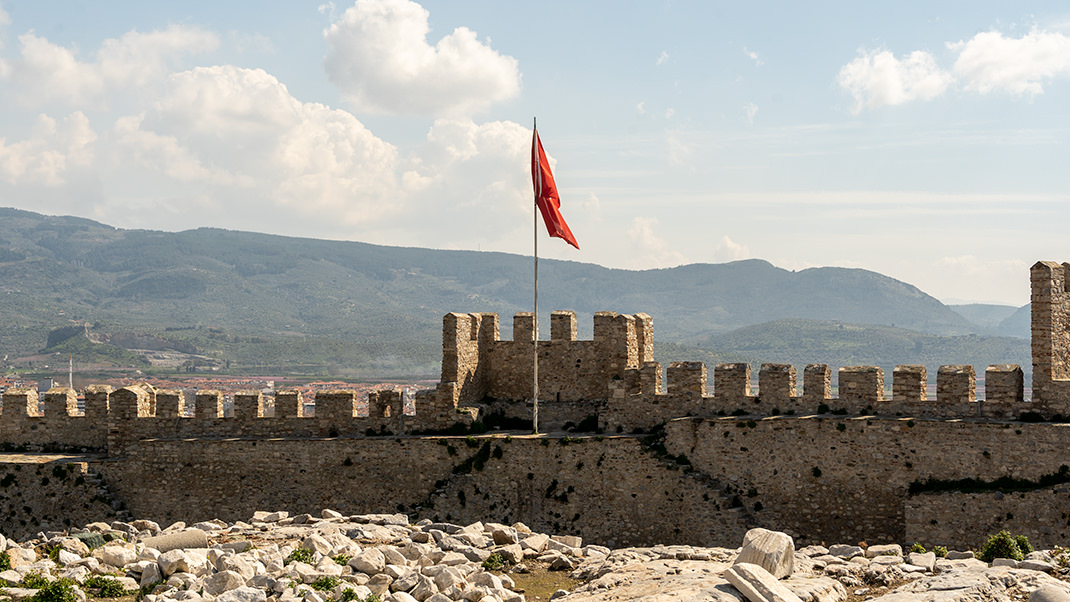


Even though the attraction might seem somewhat lifeless, it is not abandoned. Excavations have been ongoing here since 2009, and in the 2010s, specialists partially restored the western walls and towers of the citadel. Moreover, not long ago, archaeologists discovered the remains of three houses to the south of the mosque during excavations. This suggests that in the future, tourists might be able to see new historical attractions at this site.
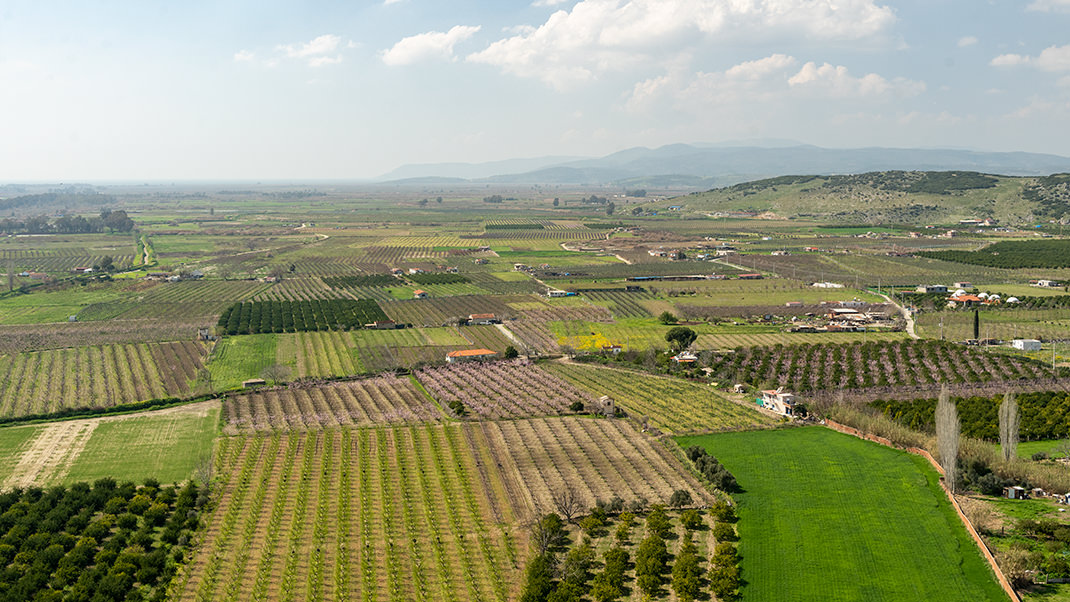
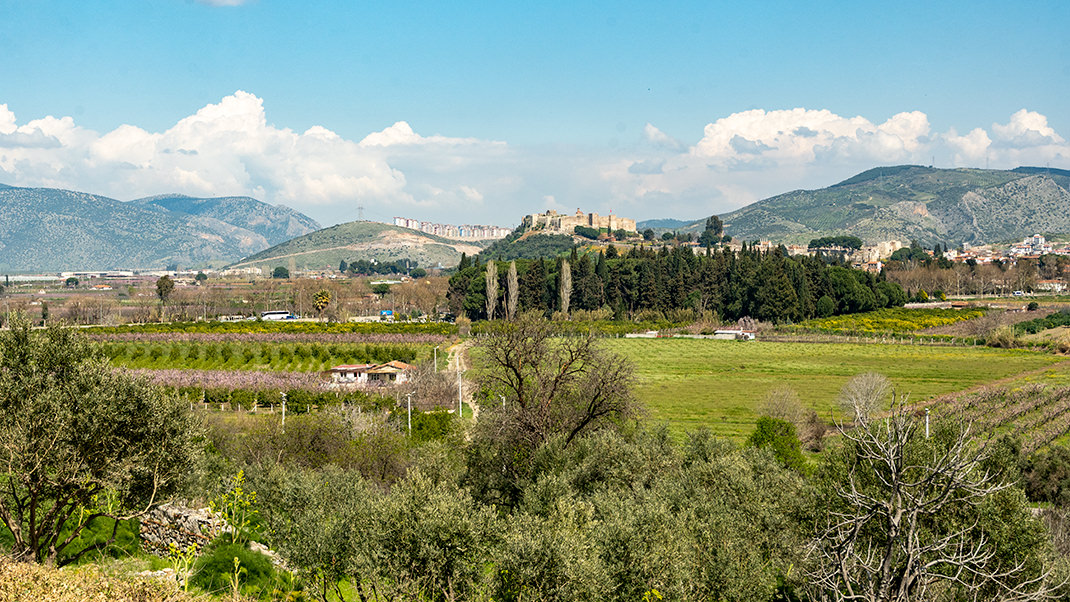
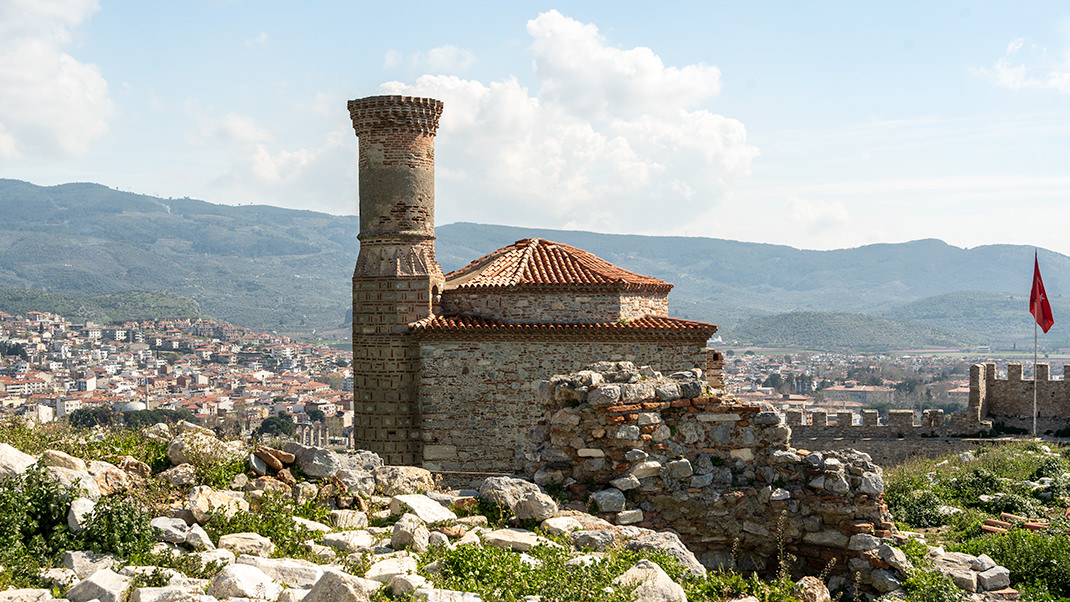
The Selçuk Castle is part of a large archaeological complex that also includes the ruins of the Basilica of St. John. I will tell you about this place in my next article.
Have a nice trip!


